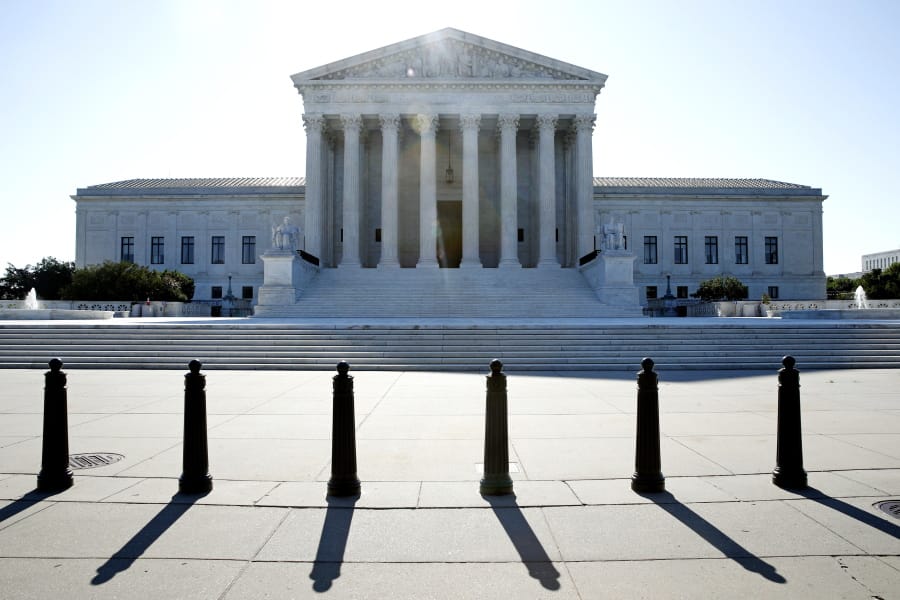WASHINGTON — The Supreme Court on Monday made it easier for the president to fire the head of the Consumer Financial Protection Bureau.
The justices struck down restrictions Congress had written on when the president can remove the bureau’s director.
“The agency may … continue to operate, but its Director, in light of our decision, must be removable by the President at will,” Chief Justice John Roberts wrote.
The court’s five conservative justices agreed that restrictions Congress imposed on when the president can fire the agency’s director violated the Constitution. But they disagreed on what to do as a result. Roberts and fellow conservative justices Samuel Alito and Brett Kavanaugh said the restrictions could be stricken from the law. The court’s four liberals agreed, though they disagreed the restrictions were improper.
The decision doesn’t have a big impact on the current head of the agency. Kathy Kraninger, who was nominated to her current post by the president in 2018, had said she believed the president could fire her at any time.
Under the Dodd-Frank Act that created the agency in response to the 2008 financial crisis, the CFPB’s director is appointed by the president and confirmed by the Senate to a five-year term. The law had said the president could only remove a director for “inefficiency, neglect of duty or malfeasance in office.” That structure could leave a new president with a director chosen by the previous president for some or all of the new president’s time in office. The Trump administration had argued that the restrictions improperly limit the power of the president.
“We hold that the CFPB’s leadership by a single individual removable only for inefficiency, neglect, or malfeasance violates the separation of powers,” Roberts wrote.
Defenders of the law’s removal provision had argued the restrictions insulated the agency’s head from presidential pressure.
Justice Elena Kagan, writing for herself and three liberal colleagues, called the majority opinion simplistic.
“What does the Constitution say about the separation of powers–and particularly about the President’s removal authority? (Spoiler alert: about the latter, nothing at all.) The majority offers the civics class version of separation of powers–call it the Schoolhouse Rock definition of the phrase,” she said, referencing the educational, animated short films.
“Today’s decision wipes out a feature of that agency its creators thought fundamental to its mission–a measure of independence from political pressure. I respectfully dissent,” Kagan wrote.
The CFPB was the brainchild of Massachusetts senator and former Democratic presidential candidate Elizabeth Warren.
After the ruling, Warren wrote in a series of tweets that the Supreme Court had “handed over more power to Wall Street’s army of lawyers and lobbyists to push out a director who fights for the American people.” But, she said that even after the ruling the CFPB is “still an independent agency.”
“The director of that agency still works for the American people. Not Donald Trump. Not Congress. Not the banking industry. Nothing in the Supreme Court ruling changes that,” Warren wrote.
The case is Seila Law LLC v. Consumer Financial Protection Bureau, 19-7.
Follow AP’s Supreme Court Twitter feed at https://twitter.com/APCourtside.



